Smile lines are vertical lines that extend from the sides of the nose and around the mouth; sometimes they can extend to the chin. Smile lines are a set of wrinkles that form in the corners of the mouth. They usually appear when a person smiles, although some people have prominent, permanent smile lines. No matter how bright, proportional or even a person's smile, wrinkles in the corners of the mouth can still affect the aesthetic appearance of the face.
The line of your smile is the line created by the top of the lower lip. In an ideal smile line, the edges of your upper teeth should be parallel to your lower lip when you smile. The lower part of the lower lip should have the same line as the gums of the lower jaw. This should always be a standard, regardless of the size or shape of your smile.
Once your dentist has determined the orientation of your smile line, they can design its curve or shape and determine the length of your new restorations. Smile lines, sometimes called expression lines, are types of wrinkles that develop mainly around the sides of the mouth. Sometimes smile lines can also appear around the eyes. They are more noticeable when you smile.
Some of the causes of laugh lines can be prevented by good lifestyle habits as a young adult. For example, you can use sunscreen every day to prevent wrinkles related to sun damage. Injectable fillers are among the best options for people looking to get rid of smile lines without having surgery. Many are made from hyaluronic acid and are injected into the crease that runs from the mouth to the nose.
The effects are immediately noticeable, but you can also reverse them if you don't like the results. Some common trademarks include Juvéderm and Restylane. The results usually last several months. However, it is believed that after repeated injections, some scar tissue may remain that causes a more permanent filling effect.
Other fillers such as Radiesse, which is made from calcium hydroxyapatite, and Sculptra, which is made from poly-L-lactic acid, can offer more permanent results and can be injected deeper into facial tissues. According to the Cleveland Clinic, Botox injections last approximately three months. To maintain the desired results, you'll need to see your doctor for further treatment. The cost depends on how many units your doctor uses, but can be up to hundreds of dollars per treatment.
Compare the Costs, Uses, and Side Effects of Botox and Fillers. Laser treatments refer to a type of skin rejuvenation technique that removes the top layer of skin cells. The procedure aims to reduce skin spots and wrinkles by revealing the lower layer of new skin. Swelling and pain are common side effects, but they go away after a few days.
Scars and infections are also possible. The American Academy of Dermatology says puncture results are gradual, and full results are expected within nine months. As your skin heals, you may see some bruising and redness. Most people need three to six treatments in.
Over-the-counter creams offer more affordable wrinkle treatment options. Retinol is among the most studied ingredients due to its declared ability to break down free radicals that can cause wrinkles. A study published in the Archives of Dermatology reported significant results in patients with fine lines and wrinkles who used treatments with 0.4 percent retinol. Participants used retinol lotion three times a week for six months.
Treatment Options for Laugh Lines Abound. Talk to your doctor about the options that are best for you based on your specific needs. Surgery is an option, but it's not always necessary. The lip line can be defined as the vertical position of the lower edge of the upper lip.
It is important to evaluate the lip line when smiling (smile line). The maximum elevation of the upper lip should also be evaluated, during a forced smile. As the smile expands, the teeth are exposed. The lip line is typically classified into high smile, average smile and low smile.
A smile line is the line that lips create through the teeth and gums when a person smiles. When people consult a dentist who performs smile restorations, measurements of the lip and smile line will usually be included in the preparatory stages of treatment. During this measurement, a dentist evaluates the position of the lip line, located in the lower half of the upper lip, and then evaluates how that part of the lip moves during a smile. Proper measurement can be especially vital for those who receive dental implants, as the smile line needs to align evenly with any new tooth to create a smile that looks natural and attractive.
People with smaller lips, excess gum tissue, and small teeth are more likely to have a gummy smile line, while people with larger labia, adequate gum tissue, and average-sized teeth are more likely to have a low smile line. Other cases of gingival smile lines may not have an underlying cause and may simply be considered a cosmetic problem. When patients choose to undergo a smile makeover for the first time, the treating dentist will likely consider a variety of components, including. The most common procedures for correcting a gummy smile are crown lengthening and gingivectomy procedures.
This includes the removal of smile lines, wrinkles that line the skin in the corners of the mouth. Fortunately, there are many things you can do to make your smile prettier, whiter and brighter. Having a gummy smile line can also interfere with certain types of restorative dental treatments done on the front teeth. Even when gummy smiles don't cause major problems, many people still choose periodontal cosmetic treatments to improve the look of their smile.
In general, having a gummy smile line simply means that you show more upper gum tissue when you smile. Cosmetic dentists define an optimal smile line as one that shows as little gum tissue as possible. If you needed another reason to quit smoking, you should know that quitting smoking now can help prevent future wrinkles, including smile lines. Attractive smiles have several things in common, such as white teeth, no spots, straight, evenly spaced, no gaps between them, and not full or overlapping.
The second definition of the smile line is a technical term that cosmetic dentists use during smile design. Patients who have a high smile line, or one that exposes the gums, may require additional dental work if implants are inserted to ensure that the implants do not stand out from the surrounding natural teeth, which could affect the aesthetics of the work. . .
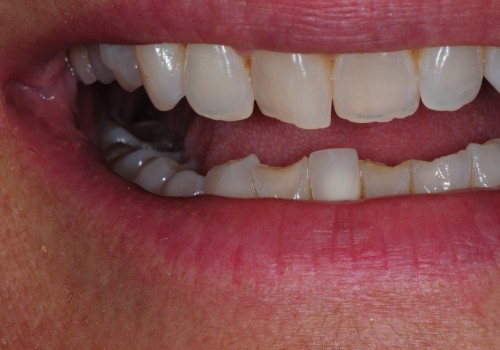
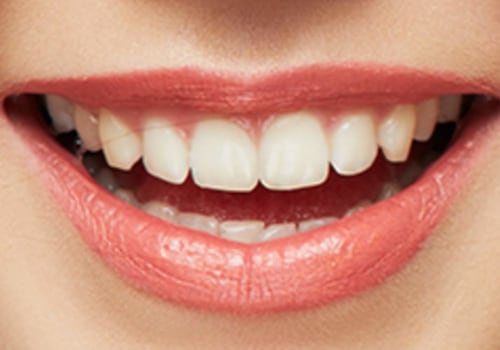
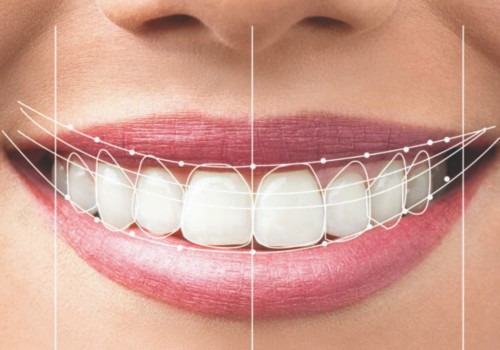
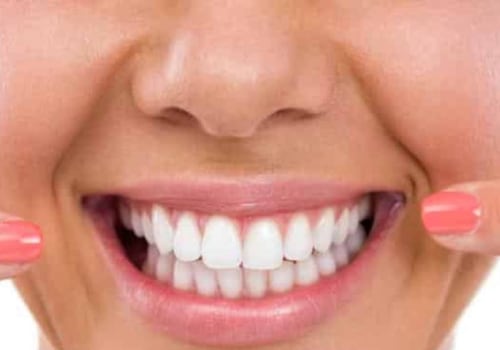

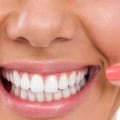
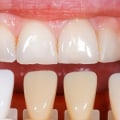

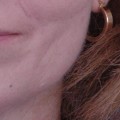

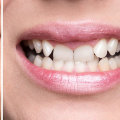
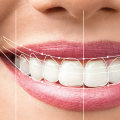
Leave Reply